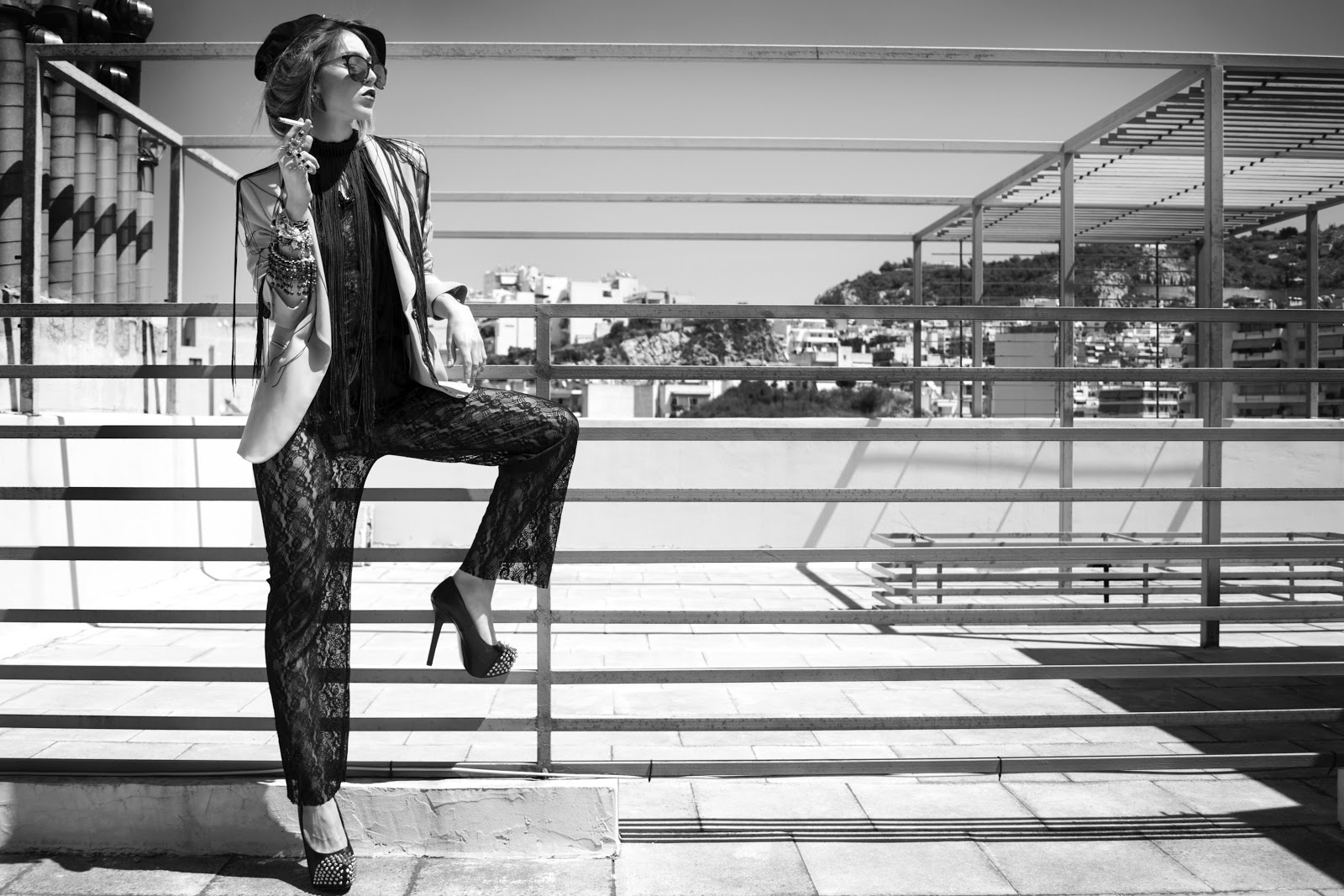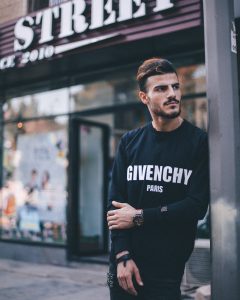Haute Couture seems like such a buzzword these days, but it actually has a very specific meaning. Here’s a rundown of what Haute Couture actually means so you can wow your fashionista friends at the next cocktail party.
In English Please?
“Haute” means high. “Couture” means “sewing” or “dressmaking.”
Couture does not traditionally just mean “high-end” or “fashion,” but it has been given that misused definition in especially American pop-culture. Much like “bespoke,” it’s a term that has taken on a new life of its own.
One thing that new definition has correct is that it’s a high-end (and closely managed) process.
The Real Deal
To be a real deal creator of Haute Couture fashion, you need to follow some very specific rules. You must:
⦁ Design and manufacture clothing specifically for private clients or models.
⦁ Use a workshop (atelier) employing at least 20 full-time employees located in Paris, France.
⦁ Present no less than 25 original designs to the public every January and July. This used to be set at 50 designs.
This puts a lot of the “couture” offerings of small boutiques into perspective. They might be nice, but they probably aren’t officially recognized Haute Couture houses. Be aware of the appeal of #hautecouture.
The Legacy of Haute Couture
With such specific rules there must be a board of fashion bigwigs keeping track, right? That’s where the Chambre Syndicale de la Haute Couture comes in.
Charles Frederick Worth, the father of Haute Couture (and the term “fashion designer”), established the first luxury fashion house in 1858. It is by his example that the Chambre Syndicale de la Haute Couture was created in 1868. Their official guidelines were released in 1945.
If you met the requirements you were given the stamp of approval by this society and the title “grand couturier”, ensuring your place in the upper echelon of the fashion world. Among their ranks were legends like Christian Dior, Yves Saint Laurent, Gianni Versace, Ralph & Russo, and Karl Lagerfeld.
The Reality of Haute Couture
True Haute Couture houses are exceedingly rare these days in part because of the strict rules for qualification and the competition from mass-production. In 1946 there were 106 official Haute Couture houses, now there are only 14 official members, plus a revolving door of foreign and guest members that add more international influence. As of the 2018 season, the official members are:
⦁ Adeline André
⦁ Alexandre Vauthier
⦁ Alexis Mabille
⦁ Chanel
⦁ Christian Dior
⦁ Franck Sorbier
⦁ Giambattista Valli
⦁ Givenchy
⦁ Jean Paul Gaultier
⦁ Julien Fournié
⦁ Maison Margiela
⦁ Maurizio Galante
⦁ Schiaparelli
⦁ Stéphane Rolland
The Chambre Syndicale de la Haute Couture has also been wrapped up with some other groups under the Fédération de la Haute Couture et de la Mode to keep these high-end ideals alive and an “openness to fashion’s new frontiers.” They have relaxed their requirements a bit since 2001 too. You can still qualify even if one of the requirements is not met. The original 50 design requirement is also down to 25 now.
It seems like the tradition of Haute Couture is destined to remain more and more niche with the explosion of boutique shops and designers. It’s just a sign of the times, but I have a feeling some people will always want the best of the best.
The legends of Haute Couture’s past will live forever and those keeping it alive will continue to wow us. Long live, Haute Couture!





